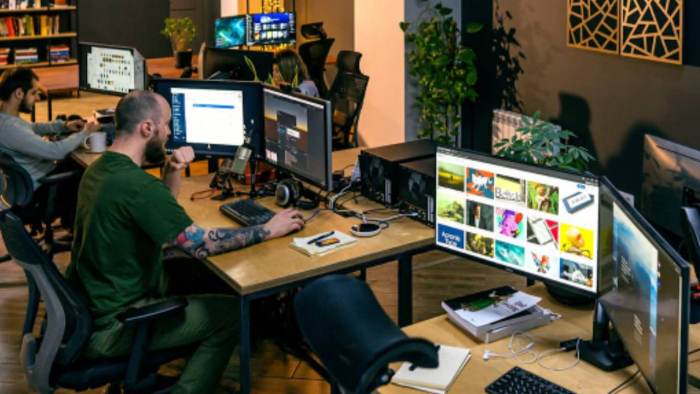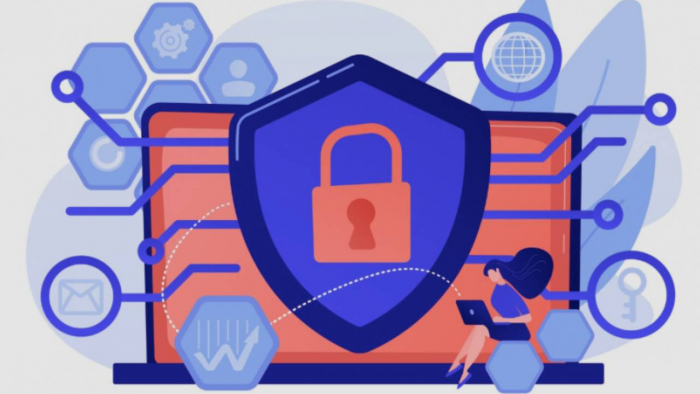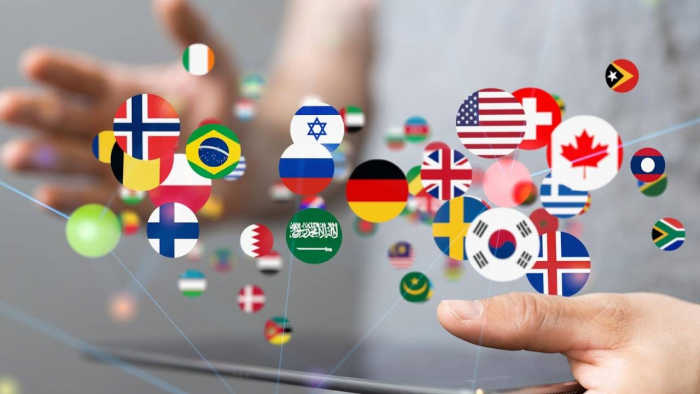Remote work isn’t a trend anymore. It’s how the modern world operates. Teams are scattered across time zones, continents, and digital platforms, all connected by invisible threads of the internet. Yet behind this freedom hides a quiet danger — data breaches, unsecured Wi-Fi connections, and weak passwords that can open the door to cyberattacks.
A 2024 report by Cybersecurity Ventures estimated that global cybercrime damages would reach $10.5 trillion annually by 2025. That’s not an abstract number — it’s a warning. The shift to remote work has expanded the attack surface, making secure remote access no longer optional but essential. Every remote team must learn how to protect sensitive information and maintain safe online collaboration.

Data Protection and Confidentiality
When people work remotely, data moves more freely — across personal devices, through cloud apps, and in shared documents. The more movement, the higher the risk. That’s why confidential data protection should become part of every workflow.
Files containing client information, financial reports, or strategic plans should always be encrypted before sharing. Access rights must be controlled — not everyone needs to see everything. In practice, this means using collaboration tools that support role-based permissions and two-factor authentication.
Building a Secure Remote Environment
How can organizations keep their digital teams safe? The answer lies in combining the right network security solutions with the right habits. No single tool is enough, but together they build layers of defense. Think of it as digital armor — one layer protects what another might miss.
First, let's talk about secure connections. Every remote worker should connect through a virtual private network, or VPN. This creates a secure tunnel between the device and the company network, hiding sensitive traffic from potential eavesdroppers. One effective tool is VeePN—a reliable application that offers encrypted connections and helps remote teams work privately no matter where they are. You can download VeePN VPN to ensure your data isn't intercepted during transmission. It also helps protect against phishing, DDoS attacks, man-in-the-middle attacks, surveillance, and many other scourges of modern digital society.
Tools That Support Safe Online Collaboration
Everyday collaboration tools are double-edged swords. They make teamwork easier but also create new risks if misconfigured. Messaging apps, cloud storage, and shared project dashboards can all leak information if security settings are ignored.
To ensure safe online collaboration, teams should look for the following features:
- End-to-end encryption for messages and files
- Zero-trust access policies — users verify their identity every time
- Audit logs that track file activity
- Automatic logout after periods of inactivity
Combining these tools with a VPN like VeePN strengthens protection even further. While communication tools handle internal security, the VPN shields external traffic and keeps the connection private, whether the employee works from home, a café, or a hotel room.
Remote Team Privacy and Responsibility
Privacy is often discussed as a personal issue, but in remote work, it becomes a collective duty. Protecting remote team privacy means respecting digital boundaries. It’s not only about keeping hackers out; it’s also about maintaining trust inside the team.
For instance, using monitoring software that tracks employees’ screens or keystrokes might seem like a security measure but can destroy morale and privacy. Instead, organizations should focus on endpoint security — securing devices through firewalls, password policies, and encrypted backups. The goal is to protect, not to spy.
Teams should also maintain a “clean digital workspace.” That means deleting unused accounts, updating passwords regularly, and ensuring devices are locked when unattended. These are small habits, but they prevent large problems.
The Role of Leadership in Cyber Safety
Leaders set the tone. When management treats cybersecurity as a priority, employees follow. When it’s ignored, so is safety. Creating a culture of confidential data protection requires communication, not fear.
Managers should run brief security check-ins during team meetings — not long lectures, just quick reminders about best practices. A strong leadership example helps normalize security habits. It’s also crucial to invest in professional development — offer workshops or online training about data handling, privacy laws, and network protection.
By doing this, security becomes everyone’s job, not just the IT department’s.
Real-World Practices for Secure Remote Access
- Use Strong Authentication: Multi-factor authentication reduces 99.9% of automated attacks.
- Keep Systems Updated: Software patches close security gaps before hackers can exploit them.
- Encrypt Everything: From emails to file transfers.
- Segment the Network: Keep internal and external communications separate.
- Rely on Trusted VPNs: Services like VeePN ensure encrypted data transmission and protect devices on any network.
Each of these steps builds resilience. When combined, they form a solid foundation for network security solutions that actually work in the real world.
The Future of Remote Work Security
The landscape will keep evolving. Artificial intelligence is already being used both by cybercriminals and defenders. Automated threat detection, behavioral analysis, and real-time response tools are becoming part of standard practice. But even the smartest algorithms can’t replace awareness.
Human attention remains the most powerful security tool. The moment employees understand that secure remote access protects not just the company but also their personal data, security stops feeling like a burden and becomes part of the work ethic.
Conclusion: Trust, Tools, and Awareness
Securing remote teams isn’t about fear — it’s about building digital trust. Every message sent, every file shared, every video meeting — all rely on invisible networks that must be guarded carefully.
With proper network security solutions, strong habits, and tools like VeePN, remote collaboration can stay safe, private, and efficient. The digital workspace doesn’t have walls, but it can have shields — made not of concrete but of encryption, awareness, and shared responsibility.
In the end, safety online isn’t a one-time setup; it’s a living system. It breathes with every login, every upload, every click. And when protected correctly, it gives teams the freedom to focus on what truly matters — creating, collaborating, and growing without fear.
Post Comment
Be the first to post comment!





